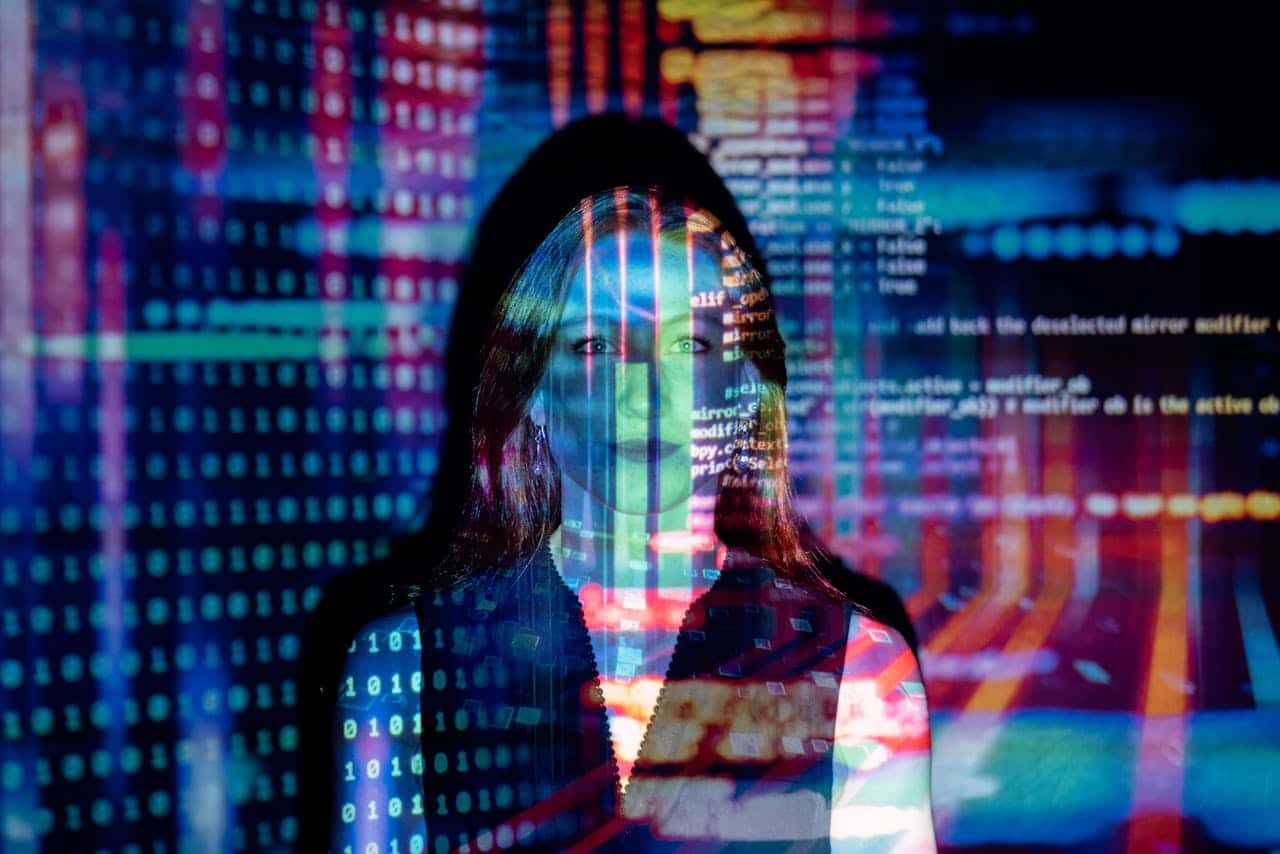SAN FRANCISCO – If you imagine a jackhammer slamming in a pushpin into the ground, you get the idea of how some AI and models are too much for our sometimes very specific tasks. I mean, the AI we have today can do so many things, often by leveraging cloud-based large (emphasis on large) language models (LLM) to get the job done.

A Series T-800 Robot in Terminator Genisys.
These AIs like ChatGPT are not built to respond to real-time sensor data and make custom changes but according to an engrossing new report on Tom’s Hardware, researchers have found a way to build a new system that ingests real-time sensor data and then like a real-world Multiplicity, create a new and slightly different AI replica.
Have you ever seen Multiplicity? The 1996 Michael Keaton classic is the tale of an average guy who lets a local scientist clone him. He eventually clones himself multiple times until he has a small army of geniuses, misanthropes, and even idiots that all look just like him.
Now, I’m not saying this AI clone system will result in a million stupid AI clones, but I think we’re entering the valley of unintended AI consequences.
The plan, as described by UC Davis Professor Yubi Chen, is quite sensible (see what I did there?). Chen launched his own small AI model company Aizip which will interface with sensors in, for instance, running shoes to replicate and alter an AI so that it makes adjustments based solely on this new data. It’s a sort of less is more approach. Instead of a large model that knows everything about how everyone runs, this AI clone knows just about your gait.
Similarly, it might be used to spit out a new custom AI that understands your aural needs and adjusts a headset based on both the ambient noise and the mechanics of your ears.
We’ve been embedding sensors in everything from fabric to wall paint for years and the long view here is that custom, small model AI could transform these and many other IoT objects. It all sounds pretty exciting.
The team that built it certainly believes it’s a big deal, writing, “This development is more than a technological leap; it represents the dawn of a new era in which every item can become a smart, evolving, and adapting companion.”
To read more, click on Tech Radar






